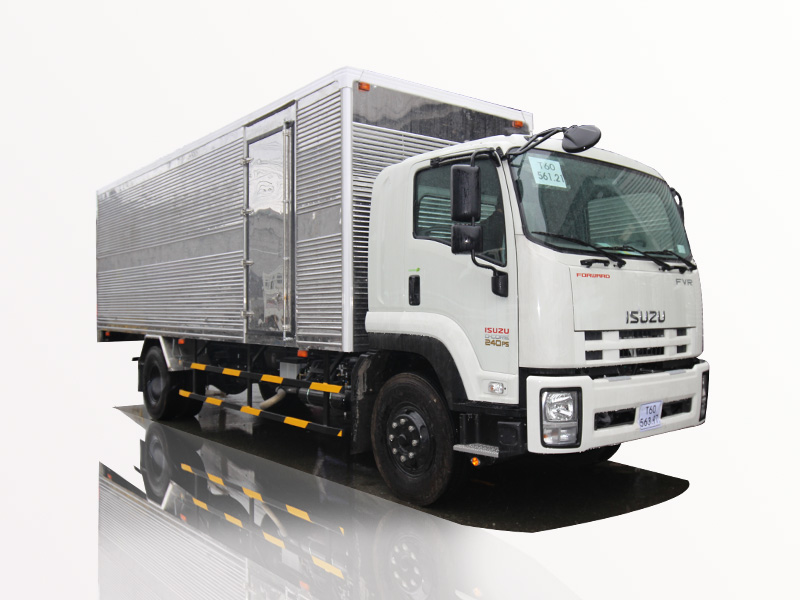Fuel bobtail trucks play a crucial role in the transportation of fuel from supply points to consumers. This article will provide an in-depth look at fuel bobtail trucks, their features, advantages, and operational guidelines, along with practical examples and tips for those involved in the fuel distribution industry.
What is a Fuel Bobtail Truck?
A fuel bobtail truck is a specialized vehicle designed to transport fuel—whether gasoline, diesel, or other petroleum products. Unlike larger tanker trucks, bobtail trucks are lighter and more maneuverable, typically equipped with a single tank and often used for local deliveries.
Key Features of Fuel Bobtail Trucks
- Size: Bobtail trucks generally have a smaller payload compared to full-size tanker trucks, usually ranging between 1,000 to 5,000 gallons.
- Maneuverability: Their compact design allows for easier navigation in urban environments and tight spaces.
- Fueling System: Equipped with high-quality pumps and nozzles, these trucks can dispense fuel efficiently at various delivery sites.
- Safety Features: Many models come with built-in safety systems to detect leaks and ensure secure transportation.
Advantages of Using Fuel Bobtail Trucks
There are several advantages of opting for fuel bobtail trucks in fuel distribution:
1. Cost-effectiveness
Bobtail trucks are generally less expensive to operate and maintain than full-size tankers, making them ideal for small to medium-sized fuel distribution businesses.
2. Flexibility
Their smaller size allows fuel bobtail trucks to access locations that larger trucks cannot, enhancing service delivery to various customers.
3. Faster Deliveries
Due to their ability to navigate tight spaces and urban areas, bobtail trucks can often make deliveries more quickly, improving customer satisfaction.
4. Reduced Fuel Consumption
The lighter weight of fuel bobtail trucks translates to better fuel efficiency, which is beneficial for businesses looking to reduce their operational costs.
How Fuel Bobtail Trucks Operate
Understanding the operational aspects of fuel bobtail trucks is essential for effective utilization:
Loading and Unloading Procedures
Safe loading and unloading procedures are critical for fuel bobtail trucks:
- Loading: Always follow the manufacturer’s guidelines for loading capacity and procedures. Make sure that all connections are secure.
- Unloading: Use appropriate safety measures when unloading fuel, including personal protective equipment (PPE) and clear communication with team members.
Daily Operational Checks
Before starting the day, drivers should conduct a thorough check of the vehicle:
- Inspect fuel levels and leaks.
- Check tire pressure and overall vehicle condition.
- Ensure safety equipment is operational.
Sample Daily Inspection Checklist
| Inspection Item | Status | Remarks |
|---|---|---|
| Fuel level | ✔️ / ❌ | Note fuel amount |
| Leak Check | ✔️ / ❌ | Inspect for fuel leaks |
| Tire Pressure | ✔️ / ❌ | Check all tires |
| Safety Equipment | ✔️ / ❌ | Inspect fire extinguisher, first aid kit |
Choosing the Right Fuel Bobtail Truck
Selecting the right fuel bobtail truck for your operations involves considering various factors:
1. Size and Capacity
Consider the typical volume of fuel you will be transporting. Match the truck’s capacity with your operational needs.
2. Fuel Type
Ensure the truck is compatible with the type of fuel you intend to transport—gasoline, diesel, or others. Check the tank material as well.
3. Safety Features
Look for modern safety features such as emergency shut-off systems, spill containment capabilities, and leak detection systems.
4. Manufacturer Reputation
Research manufacturers and customer reviews; reputable brands often provide better support and reliability.
Regulations Governing Fuel Bobtail Trucks
Fuel bobtail trucks are subject to various regulations to ensure safety and compliance:
1. DOT Regulations
The Department of Transportation (DOT) mandates specific training for drivers and stipulations on vehicle maintenance and safety measures.
2. Environmental Regulations
Adhering to environmental standards is crucial, especially concerning emission controls and spill response strategies.
3. Local and State Regulations
Be aware of any additional regulations set forth by state and local authorities regarding fuel transportation.
Best Practices for Fuel Bobtail Truck Operation
Implementing best practices can enhance safety and efficiency in fuel distribution:
1. Regular Maintenance
Consistent maintenance checks can prevent unexpected breakdowns and safety hazards. Follow a structured maintenance schedule.
2. Training and Certification
Ensure that all drivers undergo proper training and certification to understand operational and safety protocols.
3. Emergency Response Planning
Have a clear emergency response plan in place, including accident protocols and procedures for fuel spills.
Case Studies: Successful Fuel Bobtail Truck Operations
Learning from real-world examples can be beneficial:
Case Study 1: Urban Fuel Distribution Company
An urban fuel distribution company utilized fuel bobtail trucks to reach high-density neighborhoods. With smaller vehicles, they reduced delivery times by 20% and gained a competitive edge in the market.
Case Study 2: Rural Delivery Service
A rural delivery service employed fuel bobtail trucks to navigate narrow country roads, increasing their customer base and improving service reliability.
Frequently Asked Questions (FAQ)
1. What is the average payload capacity of a fuel bobtail truck?
The average payload capacity typically ranges from 1,000 to 5,000 gallons, depending on the truck’s size and model.
2. How do I maintain my fuel bobtail truck?
Regular inspections, timely oil changes, and prompt addressing of any mechanical issues are key to ensuring proper maintenance of a fuel bobtail truck.
3. Are there specific licenses required to operate a fuel bobtail truck?
Yes, operators typically need a commercial driver’s license (CDL) with a hazmat endorsement for transporting fuel.
4. What safety equipment is necessary for fuel bobtail trucks?
Essential safety equipment includes fire extinguishers, spill kits, and personal protective equipment (PPE) for drivers.
5. Can fuel bobtail trucks transport different types of fuel?
Yes, but it’s crucial to ensure the truck’s tank material is compatible with different fuel types to prevent contamination and chemical reactions.
6. How are fuel bobtail trucks different from conventional tanker trucks?
Fuel bobtail trucks are smaller and more maneuverable, making them suitable for local deliveries, while conventional tanker trucks are larger and typically used for long-distance transport.





